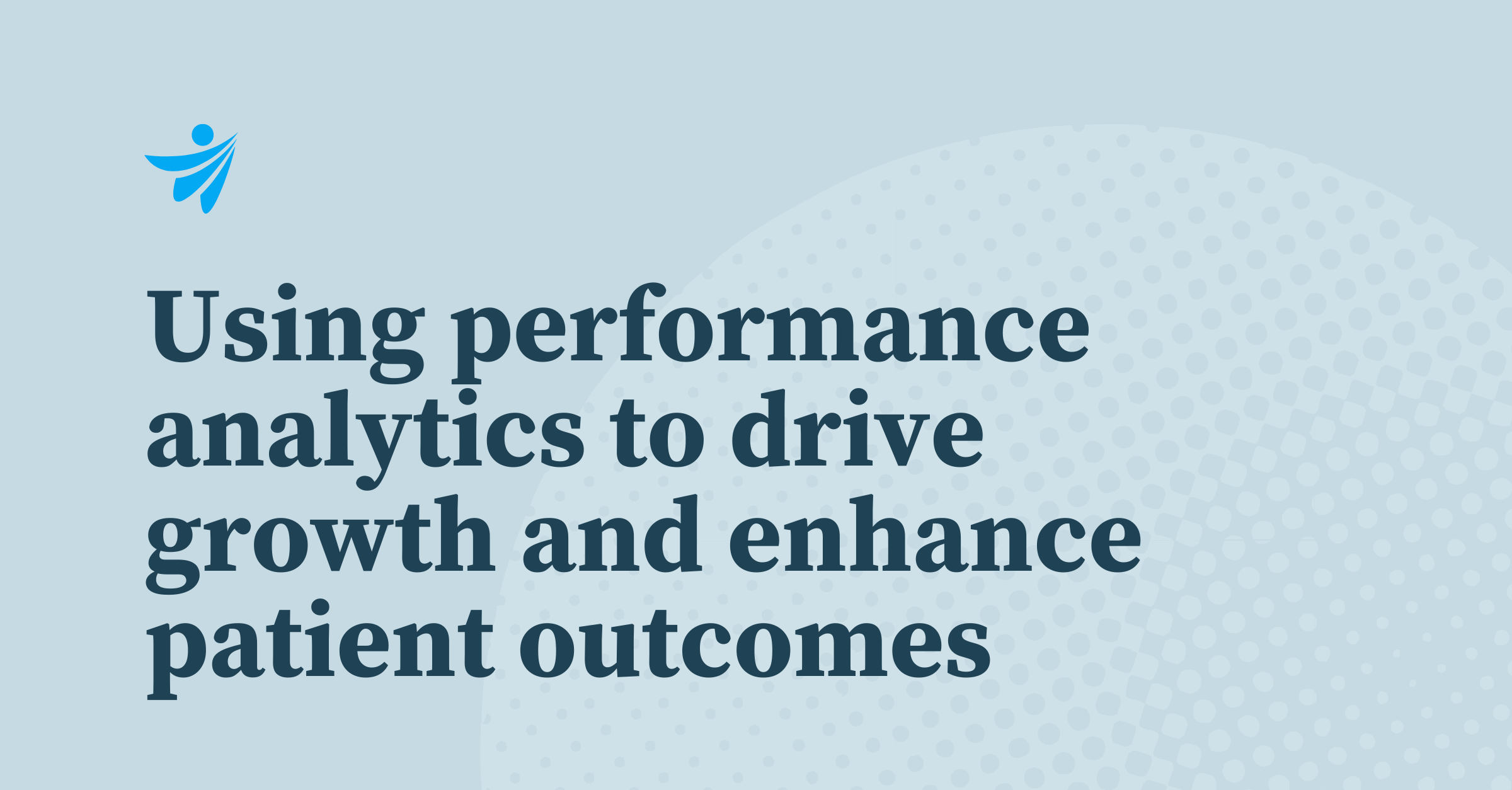
Insights for Providers
Jul 19, 2024
Insights for Providers | April 29, 2022
Ines Maria Vigil, MD, MPH, MBA, GM and SVP of Provider Solutions at Clarify, recently sat with her co-author Martha Sylvia, PhD, MBA, RN, Associate Professor at the Medical University of South Carolina College of Nursing, to talk about their textbook, “Population Health Analytics.” Watch the fireside chat here.
Video Transcript:
Dr. Ines Vigil: I’m super excited to sit with my co-author and co-editor of the “Population Health Analytics” textbook, Dr. Martha Sylvia. We’re going to talk a little bit about the book, what’s in it, why we wrote it. I think what we’ll center our conversation today around is essentially population health analytics and how organizations can use these analytics to move their results forward in a coordinated and accountable way.
Dr. Ines Vigil: And so much of what we are bringing forward in the content of the book is how organizations can work together, how folks from different disciplines can work together to achieve success in this space. What do you think, and even before then, I will say for me, my motivation for writing this textbook was similar to yours. I’m not in the academic space, like you are. I’m a physician who rolls up my sleeves and works with other clinicians on the front lines to translate data into action and get results. And what I found very similarly to you, was when I would be in charge of these teams for these health care organizations, be in charge of analysts, be in charge of business leaders, be in charge of other clinicians, I found that there was no common language for them to use, of how to articulate and collaborate in this space.
And then I also found, like you, there was absolutely no reference to give them, to point to, to say, “Hey, can you just read this and then come back and we’ll have a conversation about it?” I was constantly teaching, and I was teaching one at a time.
Dr. Ines Vigil: What do you think are the challenges that organizations face in doing this? What is important for them to know and do, as they’re starting to enter the world of population health and value-based care, using data to drive decision making, and what do they need to know about their workforce?
Dr. Martha Sylvia: Yeah. I think that they need to understand the background of their workforce. Who are the people that we’re asking to do the work of population health? Is it somebody who works in a specialty field? If it is, they’re going to have a different perspective than maybe somebody who’s a primary care provider. For an analyst role, we need to understand, what is their background? Are they a biostatistician? Are they a data scientist? Did they graduate from a master’s in health administration program, where they maybe had a little exposure to analytics? So, do they understand more of the context of analytics, or do they more understand the technical aspect of analytics? When we think about these roles, all of us come to these conversations, or to our workspace, with a preconceived notion about what it means to be an analyst, what it means to be a doctor, what it means to be a nurse, or what it means to be a director of a program.
But we never have the conversation about what is it that we really bring, and what is it that we really want to learn, and where do we need to grow? Because population health is interdisciplinary. So, it’s very different than doing service line analytics in a hospital. It’s different than doing workflow analytics in a primary care setting, or quality analytics. So, it is an interdisciplinary practice, and we need to understand the workforces that we’re bringing to do it, and what their needs are, and how they need to be developed. We don’t have staff development programs for people working in population health analytics. So, this is a start.
Dr. Ines Vigil: What is it that you’d like analysts to walk away with, business leaders, clinicians, and organizations that are doing this work?
Dr. Martha Sylvia: The analytic tools are great. You need them to be able to do analytics, but they’re not the total answer. You need to address people and processes, as well as bring in the tools and infrastructure and technology. And that’s what brings you to a culture of being able to really thrive in this space.